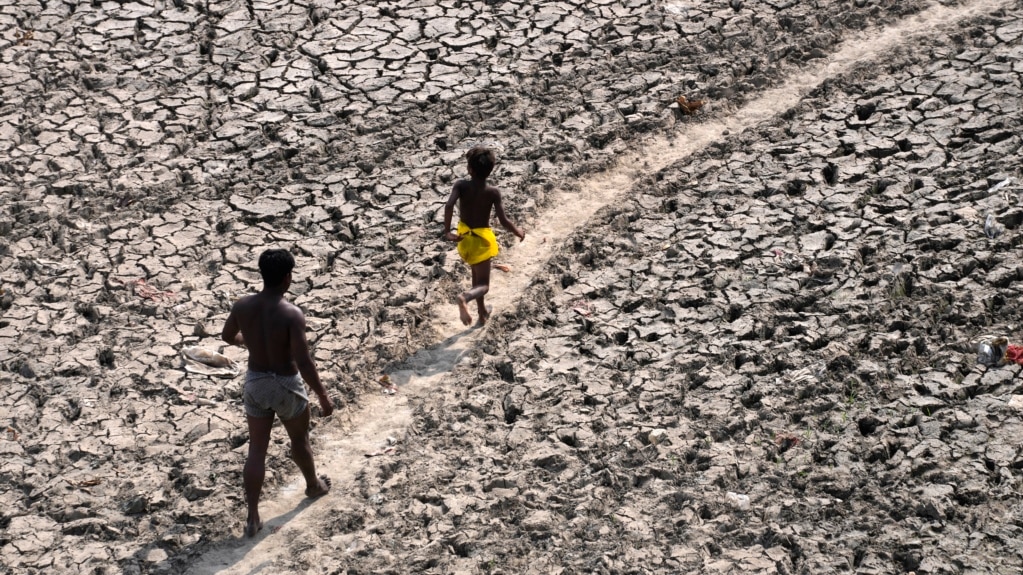The World Meteorological Organization (WMO) said in its latest report that extreme weather caused more than 2 million deaths over the past 50 years. Weather and water-related events also caused economic damage estimated to cost $4.3 trillion around the world over the same period.
The United Nations weather agency said the economic damage continues to rise. But it says improvements in early warning systems have helped reduce casualties.
“Economic losses have soared. But improved early warnings and coordinated disaster management has slashed the human casualty toll over the past” 50 years, the WMO said in a statement.
The weather agency, based in Geneva, Switzerland, has repeatedly warned about man-made climate change. It says rising temperatures have increased the number and intensity of extreme weather events. These include floods, storms, extremely hot weather and a lack of rain.
The WMO said most of the economic damage between 1970 and 2021 took place in the United States. The damage there totaled $1.7 trillion. However, 90 percent of the deaths worldwide took place in developing countries. The agency said developing countries suffered a high cost when the size of their economies is considered.
WMO Secretary-General Petteri Taalas said Cyclone Mocha showed how at-risk countries “bear the brunt of weather, climate and water-related hazards.” The powerful ocean storm swept across Myanmar and Bangladesh this month.
“In the past, both Myanmar and Bangladesh suffered death tolls of tens and even hundreds of thousands of people,” he said. “Thanks to early warnings and disaster management these catastrophic mortality rates are now thankfully history.”
“Early warnings save lives,” he said.
12,000 extreme weather events
The WMO identified nearly 12,000 extreme weather events in its Atlas of Mortality and Economic Loss from Weather, Climate and Water-related Hazards. It is an update to a report, which covered a nearly 50-year period through 2019.
WMO admits that the number of disasters could have risen because of increased reporting on extreme weather events. The agency also said that the reports could underestimate the economic damage.
In Africa, the WMO counted more than 1,800 disasters and 733,585 deaths related to extreme weather, including flooding and storms. The U.N. agency said the costliest was Tropical Cyclone Idai in 2019, which reportedly caused $2.1 billion in damage.
Nearly 1,500 disasters hit the southwest Pacific, causing 66,951 deaths and $185.8 billion in economic losses.
Asia faced over 3,600 disasters, costing 984,263 lives and $1.4 trillion in economic losses, mostly due to the impact of cyclones.
South America had 943 disasters that resulted in 58,484 deaths and over $115 billion in economic losses.
Over 2,100 disasters in North America, Central America and the Caribbean led to 77,454 deaths and $2 trillion in economic losses.
Europe had nearly 1,800 disasters, leading to 166,492 deaths and $562 billion in economic losses.
Earlier in May, the WMO said world temperatures are likely to rise 1.5 degrees Celsius by 2027. The U.N. agency said that was a dangerous level, which could result in deaths and damage to the world’s ecosystems.
I’m Jill Robbins.

